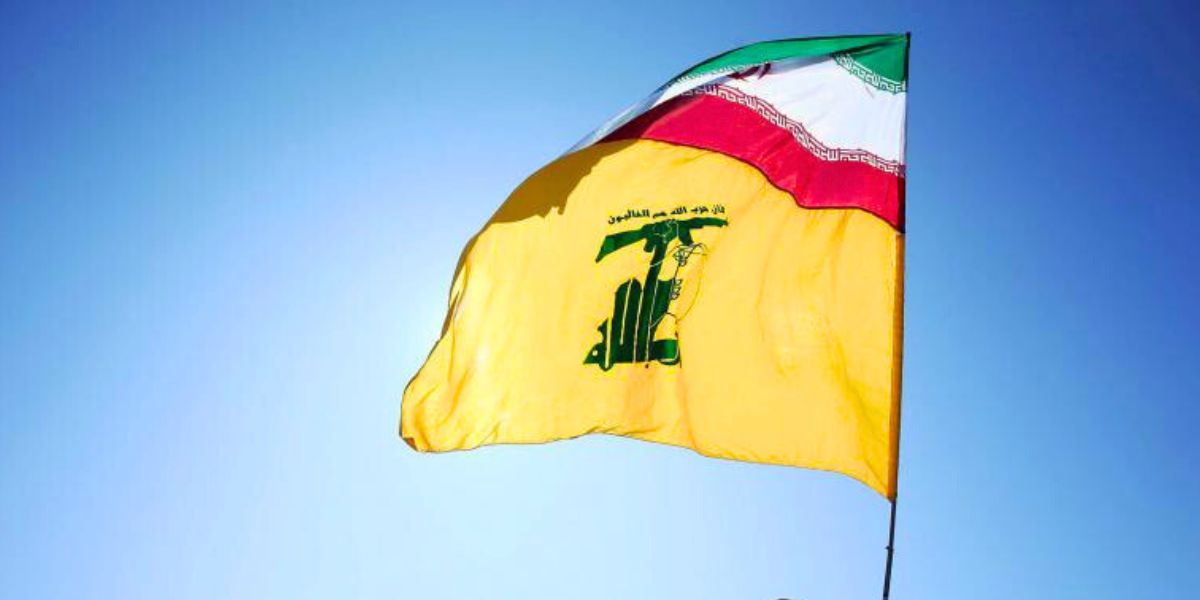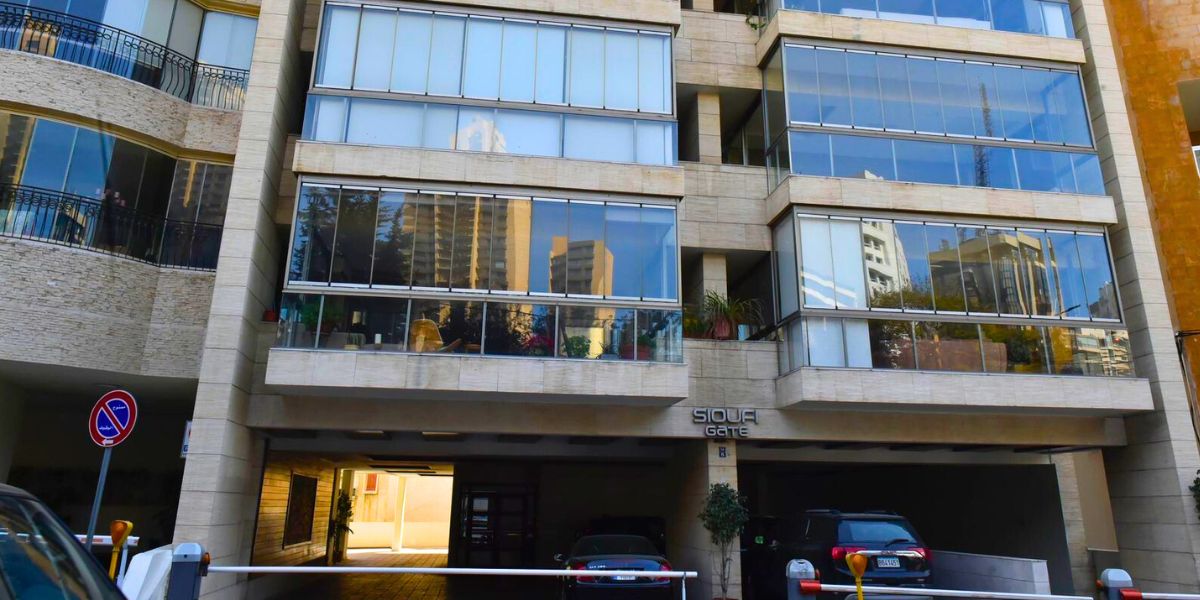Philippe Hage Boutros, in his piece for L’Orient-Le-Jour, breaks down the possible scenarios surrounding the country’s infamous debt question, and the question of repayment. The Lebanese Government currently has only three days left, as of the time of writing, to decide whether to repay the next Eurobond due on March 9th, 2020.
It is the first in a series of three installments in 2020, with two more in April and June, for a total of just over $ 2.7 billion in principal, plus almost 2 billion dollars of interest to settle all emissions combined.
The turning point is decisive for the state whose public debt, according to Boutros, has approached 92 billion U.S. dollars, almost twice its GDP.
To make matters worse, almost 40% of this debt is denominated in U.S. dollars, which forces the country to draw on its foreign exchange reserves, which have been melting since 2017, to honor its commitments.
Faced with the seriousness of the challenges, the Diab Cabinet asked the International Monetary Fund (IMF) to assess the scope of the project on the macroeconomic level, and decide on the type of assistance most suited to its situation.
Shortly after, the executive recruited two international consulting firms to assist him in negotiations with his creditors.
These discussions are taking place in a tense context, and according to reports, the government is expected to make its decision on Saturday at the latest. Boutros’ article outlines three possible scenarios of how this will do down. And they are absolutely fascinating (tragically) to say the least:
In the first scenario, Lebanon is defaulting: that is to say that it indicates to its creditors that it is not able to pay all or part of its debt according to the terms fixed when it subscribed.
And then it negotiates with them the terms of a restructuring or any other form of debt arrangement, whether its portion in pounds or that in dollars. A default will mark a first in the history of the country which has always honored its financial commitments so far.
In the second scenario, Lebanon decides to pay its March Eurobonds: then negotiates a rescheduling or restructuring of the rest of its debt (in Lebanese pounds and U.S. dollars) before the next deadline, in April.
The measure will allow Lebanon to save a little time but at a high price, given the amount of his foreign currency reserves available, which are used in particular to finance the strategic imports of the country, and the result that can be expected.
In the third scenario, Lebanon obtains a stay without being forced to default: This could be done either via a moratorium on its debt (additional period during which creditors agree to suspend the legal consequences of a default) or via a debt securities swap, i.e. an exchange between the bonds to be settled and others with a longer maturity that will be issued to postpone the payment of maturities.
This is the least brutal option in the short term, Boutros says. It should nevertheless be sanctioned by the rating agencies in the same way as if it were a default, the latter having mainly asserted that they equated this maneuver to a “measure of distress” in the light of the circumstances which favored its adoption.
The probability that one of these scenarios will prevail over the other two depends on the flexibility of the creditors and the balance of power between them within the State.
Creditors will only accept this solution if Lebanon has prepared, or undertakes to present in a very short time, a strategy guaranteeing the implementation of reforms to restructure the debt, clean up public finances, and rethink the economy.
Let us all hope Saturday blows over smoothly.























